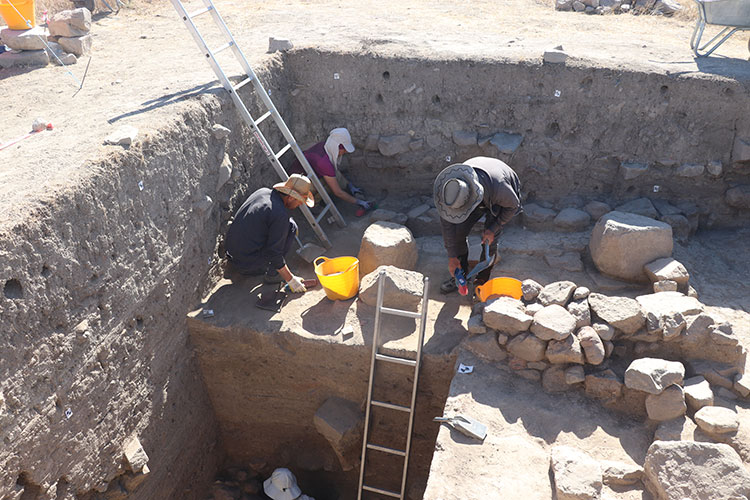
Archaeologists Trace Hittite Culinary Culture at Uşaklı Höyük Excavations
In the village of Büyük Taşlık, located in the Sorgun district of Yozgat, central Türkiye, archaeologists at the Uşaklı Höyük excavation site are uncovering vital clues about the ancient culinary traditions of the Hittites. From charred seeds to cooking utensils, these findings are shedding light on how this Bronze Age civilization cooked and ate—offering insights that resonate even with today’s kitchens.
More Than Temples and Tablets: The Hittites’ Culinary Legacy
One of Anatolia’s oldest civilizations, the Hittites are well known for their monumental architecture and cuneiform texts. But recent findings highlight their sophisticated food culture as another defining element of their society. At Uşaklı Höyük, a multinational archaeological team is piecing together what the Hittites grew, how they prepared food, and what their meals might have looked like over three millennia ago.
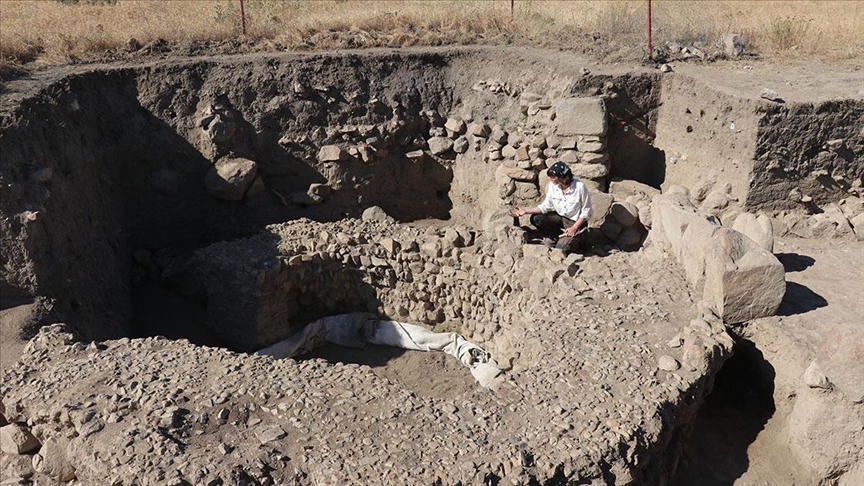
5,000-Year-Old Secrets from an Ancient Kitchen
Excavation director Assoc. Prof. Anacleto D’Agostino, a faculty member at the University of Pisa, Italy, notes that the site has been continuously inhabited from the 3rd millennium BCE through the Roman period. Among the major discoveries are one of the Near East’s oldest known patterned mosaics and a unique circular structure believed to have served ceremonial purposes.

Charred Seeds Reveal Ancient Recipes
Dr. Yağmur Heffron, assistant director of the excavation and a faculty member at University College London, explains that archaeobotanical studies are key to reconstructing ancient diets. Using a technique known as flotation, researchers recover carbonized seeds from soil samples. These tiny remnants, preserved for millennia, help scientists determine what crops were cultivated and consumed.
“We separate the burned seeds from the soil and examine them under a microscope,” says Heffron. “This allows us to clearly identify the plants that were grown and used in Hittite cuisine.”
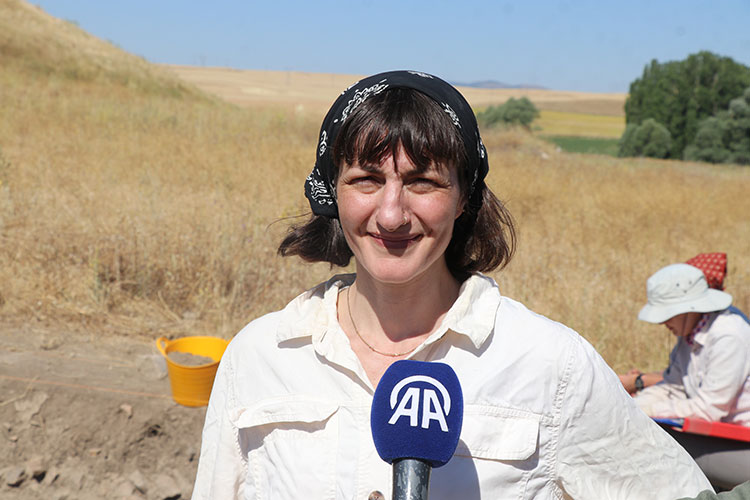
The Aroma of Hittite Bread, Recreated Today
Dr. Valentina Orsi from Koç University’s Research Center for Anatolian Civilizations highlights the discovery of cooking vessels and kitchen tools that correspond to recipes found in Hittite cuneiform tablets. According to Orsi, bread and baked goods played a central role in Hittite meals. Through experimental archaeology, her team has even attempted to replicate these ancient recipes using authentic methods.
“Some texts mention breads made with hazelnuts, fruits, or fine white flour,” she explains. “We’ve been able to recreate similar flavors today, bringing the ancient Hittite kitchen back to life.”
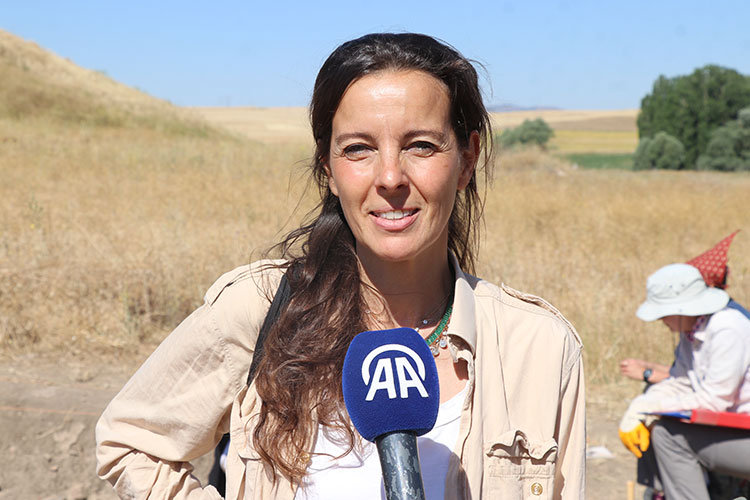
Farmers and Foodies: The Hittite Mastery of Agriculture
The ongoing excavations reveal the Hittites as not only warriors and builders, but also skilled farmers with a deep understanding of their environment and dietary needs. From seeds buried in the earth to clay ovens and serving vessels, the evidence tells a story of a rich and refined culinary tradition.
This journey into the Hittite kitchen is more than a historical curiosity—it’s a reminder that the roots of modern food culture may lie much deeper in the past than we often realize.
Cover Image Credit: Ömer Ertuğrul/AA
You may also like
- A 1700-year-old statue of Pan unearthed during the excavations at Polyeuktos in İstanbul
- The granary was found in the ancient city of Sebaste, founded by the first Roman emperor Augustus
- Donalar Kale Kapı Rock Tomb or Donalar Rock Tomb
- Theater emerges as works continue in ancient city of Perinthos
- Urartian King Argishti’s bronze shield revealed the name of an unknown country
- The religious center of Lycia, the ancient city of Letoon
- Who were the Luwians?
- A new study brings a fresh perspective on the Anatolian origin of the Indo-European languages
- Perhaps the oldest thermal treatment center in the world, which has been in continuous use for 2000 years -Basilica Therma Roman Bath or King’s Daughter-
- The largest synagogue of the ancient world, located in the ancient city of Sardis, is being restored

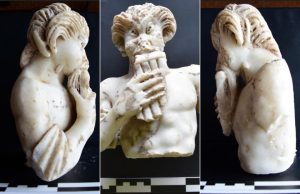
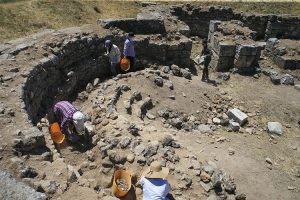








Leave a Reply